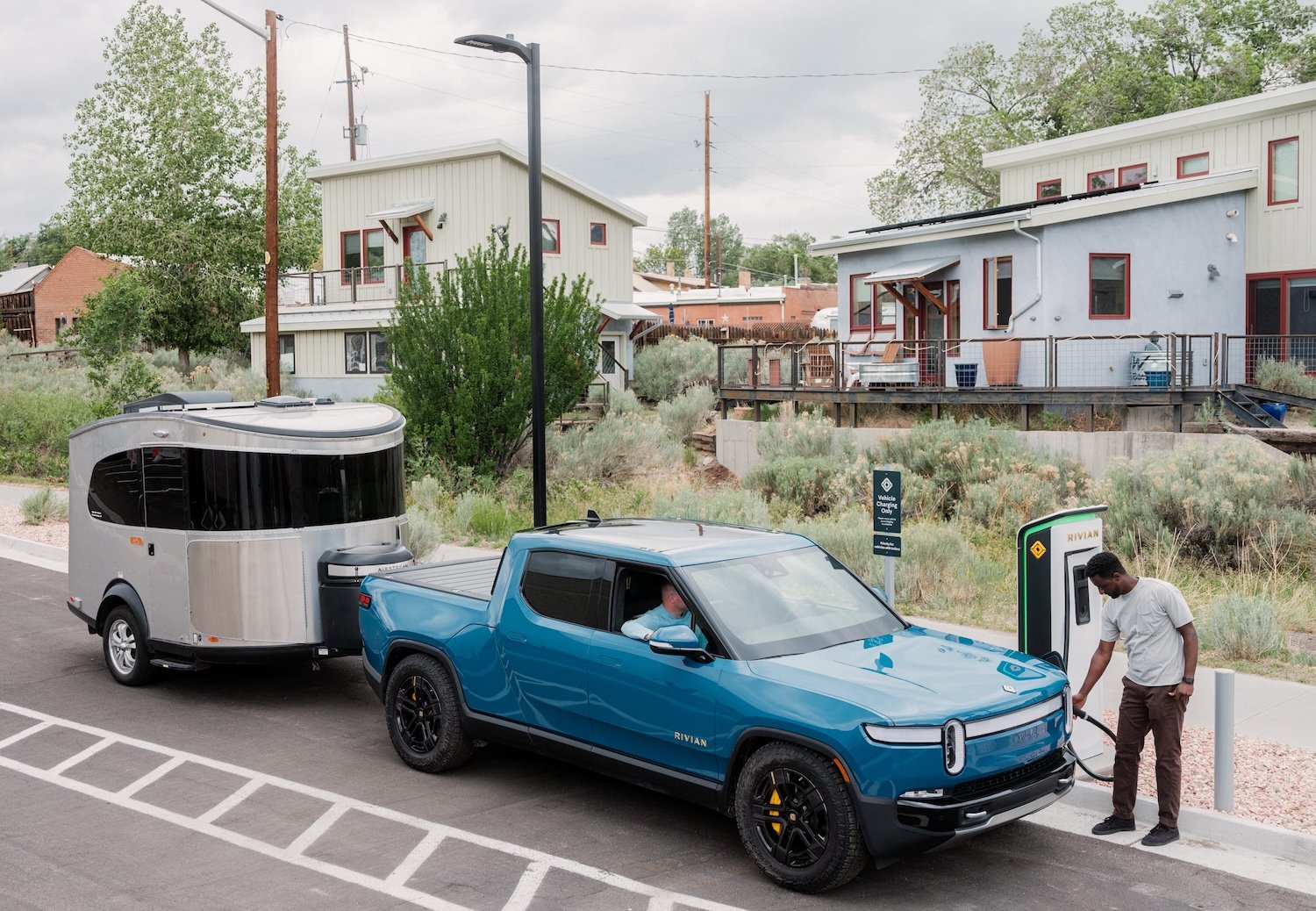It's hard to believe it nowadays, but four years ago electric vehicles (EVs) were seen as a transformational growth opportunity, and industry valuations reflected it. At its peak, Rivian Automotive (RIVN +0.61%) was worth over $125 billion, making it one of the world's most valuable automakers at the time. With the company now worth just under $16 billion, to say industry sentiment has changed would be an understatement.
However, it is often said that the best time to get greedy is when others are fearful. The EV industry's crash could be an excellent opportunity to scoop up quality stocks for cheap. Let's explore the pros and cons of Rivian to decide whether the company has millionaire-maker potential.

NASDAQ: RIVN
Key Data Points
The macroeconomic situation
From a bird's-eye view, the situation for the U.S. EV industry looks grim. While companies like Tesla have brought the technology into the mainstream, many of the early adopters seem to have already been reached. Furthermore, the rollback of government support during the Trump administration could further dampen consumer demand.
The $7,500 Biden-era EV tax credit has expired, with potentially disastrous implications for the industry. According to a study conducted by professors at the University of California, Berkeley, Duke, and others, U.S. EV registrations could fall 27% without the subsidy. Nissan Americas Chairman Christian Meunier predicts "super-brutal" competition as companies race to offload their excess stock.
Rivian is highly exposed to this risk. Although many of its products didn't qualify for the incentive, it has a much weaker competitive position compared to its larger rivals because of its small size and lack of diversification. While larger players like Ford Motor Company and General Motors can play the long game by absorbing their EV losses through leaning on their legacy internal combustion engine (ICE) businesses, Rivian still has to push for profitability if it wants to keep its shareholders happy.
The company-specific situation
Rivian's second-quarter earnings were grim. While revenue grew by around 13% year over year to $1.3 billion, this was driven by software and services sales instead of automotive sales. The company also posted negative gross margins, with a loss of $206 million before even accounting for overhead expenses like office salaries or research and development. When these outflows are included, Rivian's operating loss balloons to an eye-watering $1.77 billion in just one quarter.

Image source: Getty Images.
If we assume Rivian's quarterly loss remains constant over the next three quarters, it will add up to an annualized loss of $7.08 billion. This would wipe out practically all the short-term liquidity on its balance sheet. Unfortunately, this is probably the best-case scenario.
The loss of government support means Rivian's sales will likely fall significantly over the next few quarters, causing gross and operating losses to expand dramatically. And unlike in the past, Rivian's management will no longer be able to rely on the sales of EV regulatory credits to offset weakness in the company's core automotive business.
Is Rivian a millionaire-maker?
Rivian is fighting for survival, and the future is far from certain. That being said, the stock still has millionaire-maker potential in the right conditions. While the Trump administration has set back U.S. EV adoption, this should be seen as a temporary roadblock instead of a new status quo.
Battery and EV powertrain technology continues to improve at a rapid pace. Meanwhile, Rivian could reignite demand with new, lower-priced models such as its compact R2 SUV, which is expected to have an MSRP of $45,000 to $55,000 when it hits the market in the first half of 2026.
While Rivian is far from a good buy today, investors should keep the company on their watchlists to see if the long-term outlook improves.





